|
10/28/2023 HER Planet Earth's 'Into the Blue' Event: An Inspirational Evening of Empowerment & Conservation, Raising $45,000 for THE Sulubaaï FoundationRead Now FOR IMMEDIATE RELEASE Singapore, October 30, 2023 — HER Planet Earth, the global women's advocacy movement dedicated to strengthening the connection between female empowerment and environmental integrity, successfully hosted the 'Into the Blue' charity cocktail reception and film screening at Catapult in Singapore, on October 24, 2023. The event brought together a notable gathering of 100 senior C-suite professionals comprised a select group of industry leaders, affluent individuals, and sustainability experts from various sectors and was generously sponsored by LGT, the world's largest royal family-owned private bank. Together, they raised $45,000 SGD in support of the Sulubaaï Environmental Foundation's conservation initiatives in the Philippines. This event was thoughtfully timed to coincide with the International Day of Climate Action, aiming to shed light on the admirable work of HER Planet Earth's charity partner, the Sulubaaï Environmental Foundation. The primary mission was to generate both awareness and essential funds for the preservation and rejuvenation of natural resources within the Marine Protected Area (MPA) of Palawan in the Philippines. Fred Tardieu, Founder of the Sulubaaï Environmental Foundation, who flew in especially for the evening with his wife Chris Tardieu and their Marine Ecologist, Laure de Ville d'Avray, shared, "We often believe ourselves to be alone and isolated in our convictions, but all it takes is one evening, a setting, a team, and the world clings to you. At that moment, anything can be achieved. I believe in humanity; the only problem lies in understanding our priorities. This evening has shown us that civil society can accomplish great things and be a catalyst for renewal. We must mobilize it for the benefit of all and, especially, for the new generations." HER Planet Earth, now in its seventh year of operation, continues to pioneer innovative fundraising approaches for its charity partners. Their unique initiatives involve embarking on challenging expeditionary journeys across the globe. What sets this organisation apart is its unwavering dedication to supporting causes that champion gender equality and the empowerment of women impacted by climate change. In May 2022, the HER Planet Earth all-female dive team embarked on a week-long expedition to Pangatalan Island in Palawan, Philippines. Partnering with the Sulubaaï Environmental Foundation, their mission was to revive the island's coral reef ecosystems. This dedicated team expertly installed three artificial reefs and nurtured 30 "fragments of hope" coral pieces. As a result, the reef has seamlessly integrated into the Sulubaaï Foundation's MPA, fortifying the Coral Triangle—an awe-inspiring marine biodiversity haven that hosts 30% of the world's coral reefs. Notably, the HER Planet Earth team engaged with women from diverse backgrounds in the Sandoval Barangay communities surrounding Shark Fin Bay, the location of Pangatalan Island. This engagement included leaders, fisherfolk, educators, farmers, homemakers, students, and mothers. Their aim was to heighten environmental awareness and foster meaningful dialogues about optimal conservation strategies for the region. The Sulubaaï Environmental Foundation has been meticulously rejuvenating the 4.5-hectare island for the past 13 years, transforming it into a self-sustaining ecosystem. Their accomplishments include planting over 80,000 trees, establishing it as a Marine Protected Area (MPA), and launching a comprehensive mangrove restoration initiative. A standout component of their efforts is the Sulu Reef Prosthesis (SRP)—an innovative artificial concrete reef system acknowledged by UNESCO. Since 2017, the foundation has placed over 300 SRPs within its MPA, relocating more than 2,500 coral fragments spanning over 15 genera and 30 hard coral species. Further enhancing the island's sustainability, the foundation established an organic farm, integrated a waste management system, and installed solar panels, all instrumental in achieving the island's carbon-negative status. Why It Matters: According to WWF's Living Planet Index, marine life—including mammals, birds, reptiles, and fish—has seen a staggering decline of nearly 50% between 1979 and 2012. Climate change poses a dire threat to corals; since the 1950s, the global expanse of living coral has been halved. Corals, essentially tiny animals termed polyps, form underwater colonies that serve as vital habitats for fish. Mangroves, with their exceptional carbon-absorbing capabilities, intake 10 times more carbon than typical trees and offer crucial protection against natural disasters like typhoons and floods, as well as erosion. Guests attending the "Into the Blue" event savoured drinks from LGT's private collection and canapés from Karana, a Singapore food start-up poised to become Asia's first whole-plant-based meat brand. Guests were immersed in a compelling short film presented on a 360° panoramic screen in Catapult's stunning facilities at 1 Rochester Park. All proceeds from the event are dedicated to supporting the Sulubaaï Environmental Foundation and its programs in coral restoration. Christine Amour-Levar, Founder of HER Planet Earth and Ambassador Sulubaaï, emphasized, "The heart of this event lies in amplifying the need to rejuvenate our marine biodiversity. Our primary concern is food security, as local communities heavily rely on marine resources for sustenance. To cultivate a thriving ecosystem, we must foster active participation from local stakeholders, enlighten our youth, and ensure that adults recognize the economic potential of safeguarding and efficiently managing our oceans. It's this forward-thinking approach that we must embrace for our future." About Her Planet Earth
Based in Singapore, HER Planet Earth is a non-profit organization championing the dual causes of women's empowerment and climate change mitigation. At its heart, the organization strives to motivate more women to step into roles as policymakers and change-makers, driving both societal equity and a flourishing planet. With a spirit of adventure, HER Planet Earth curates impactful and self-financed global expeditions that spotlight environmental challenges while fundraising for initiatives supporting vulnerable women impacted by climate change. The organization stands strong with a diverse coalition including environmentalists, scientists, adventurers, women's rights champions, businesses, tech innovators, and like-minded charities. Together, they reinforce the intrinsic link between gender equality, sustainable development, and environmental conservation. www.HERplanetearth.com About The Sulubaaï Environmental Foundation Initiated by Frédéric and Chris Tardieu, the Sulubaaï Environmental Foundation stands as a beacon of conservation in Palawan, dedicating itself to the preservation, protection, and rejuvenation of the region's natural assets for the local community's betterment. Over a span of 13 years, the foundation has masterfully revitalized Pangatalan Island, a 4.5-hectare sanctuary, steering it towards ecological self-sustainability. Their extensive contributions encompass planting a staggering 80,000 trees, inaugurating a Marine Protected Area (MPA), fortifying mangrove ecosystems, and pioneering the Sulu Reef Prosthesis (SRPs) — a ground-breaking artificial reef system acknowledged by UNESCO. From 2017 onwards, they've strategically positioned over 300 SRPs across various coral rubble zones within their MPA, enabling the transplantation of 2,500 coral fragments that span more than 15 genera and encompass 30 hard coral species. https://sulubaai-foundation.com. About LGT (The Liechtenstein Global Trust) – Official Sponsor Established in 1921 in Liechtenstein, LGT stands as a distinguished private bank, overseeing CHF 285 billion in assets for affluent clients worldwide. LGT's robust performance is anchored in its synergy with the Princely Family's investment vision, its prowess in sustainable investing, and its specialized offerings in asset structuring and philanthropic guidance. Recognizing its formidable financial standing, both Moody's and Standard & Poor's have endowed LGT with premier ratings. The bank's forward-thinking, risk-aware ethos, and unwavering reliability resonate deeply with clients, particularly in volatile climates. Entrepreneurs and proactive investors are drawn to LGT's innovative and elite investment avenues. Combining vast experience with sustainability and fiscal robustness, LGT remains a beacon in global wealth management. https://www.lgt.com/sg-en Robb Report – Official Media Partner Robb Report Singapore is the industry's leading publication in luxury lifestyle. It stands as the foremost authority on luxury lifestyle in the industry. With a mission to consistently showcase life's finest offerings, they curate unparalleled experiences for high-net-worth individuals. https://www.robbreport.com.sg/ About Catapult – Official Venue Partner Catapult is Southeast Asia's first Shared Executive Learning Centre in Singapore's Rochester Park area. Designed as a Learner's Playground, it aims to groom future leaders through immersive and experiential learning journeys. Catapult bases its experiential learning approach around The Neuroscience of Learning and Motivation, focusing on emotion, experimentation, and social interaction to enhance the learning experience. Its curriculum revolves around 3 pillars: Leadership, Innovation, and Energy for Peak Performance. With state-of-the-art facilities, including a 360 immersive space, Catapult provides the perfect setting for the event. The film to be showcased during the event will be specially edited for Catapult's 360 room, allowing guests to experience a captivating 360° film experience. Catapult is a 2-storey learning centre within a campus-style integrated development called Rochester Commons, that includes a Citadines Connect business hotel, corporate offices, restaurants, and heritage bungalows. Catapult is developed and managed by CapitaLand Development. www.catapult.com.sg About Karana – Official Food Sponsor KARANA leads the way in a new category of meat derived from jackfruit. The company firmly believes that consumers shouldn't have to compromise on taste, health, or sustainability when making food choices. Indeed, KARANA goes beyond merely sustainable with jackfruit, their star ingredient, aiming to introduce biodiversity to dining tables. With jackfruit's naturally meaty texture, they minimize ingredient and processing interventions while maximizing authentic, juicy flavours. Commitment to responsible sourcing is a cornerstone for KARANA, as evidenced by their support for small shareholder farmers in Sri Lanka. Founded in Singapore in 2018, KARANA has since introduced its products in their local market, Hong Kong, and the Bay Area. www.eatkarana.com For media queries, please contact: Christine Amour-Levar (Founder and CEO, Her Planet Earth) - Email: [email protected]
Raja Ampat Scientific Expedition Uncovers New Manta Ray Data and Fish Species
By Christine Amour-Levar Humans have identified some two million species of plants, animals and microbes on Earth, but scientists estimate there are millions more left to be discovered. On a recent scientific expedition to Raja Ampat in West Papua, one of the most remote corners of Indonesia’s vast archipelago, world renowned Conservation International Scientist, Dr Mark Erdmann and famed Ichthyologist, Dr. Gerry Allen, discovered new manta ray cleaning stations and two new species of fish – the Grallenia Goby (pictured below) and the Silhouette Goby, the names of which are yet to be decided. Raja Ampat is considered the global center of tropical marine bio-diversity and is referred to as The Crown Jewel of the Bird's Head Seascape, which also includes Cenderawasih Bay and Triton Bay. It is home to more than 600 species of hard corals equaling about 75% of known species globally, and more than 1,700 species of reef fish which is the richest in terms of biodiversity comparing to the size of the region in the world. Endangered and rare marine mammals such as Dugongs, whales and dolphins including orcas inhabit Raja Ampat's waters. The area is also a rich nesting ground for sea turtles who travel from as far as Hawaii and various parts of the Atlantic Ocean to lay their eggs on Raja Ampat's pristine shores. The seven-day expedition sought to fill in knowledge gaps in the population and migration patterns of manta rays in Raja Ampat, as well as survey coral reef fish biodiversity in some of its lesser-visited areas. Armed with a team of Conservation International and Manta Trust scientists, manta ray tagging equipment and cutting edge drone technology, the trip was a notable progression from Dr. Allen and Dr. Erdmann’s typical journeys, and offered the luxury accommodation and five-star hospitality from Indonesia’s luxury private charter vessel Rascal and her crew around the clock. Dr. Allen shared: ‘Rascal was able to take us to Ayau — an area off the beaten path. The biodiversity in these waters is overwhelming, and even after 20 years of diving in Raja Ampat it still continues to amaze me. There is so much we have yet to discover and we are still finding new fish species on most expeditions to Raja Ampat.’
The expedition immersed the team into Raja Ampat’s fascinating unstirred waters, local environment, culture and sustainability. As a result, they made scientific headway with the underwater discovery of a new manta cleaning station at Dayan (off Batanta Island), identifying at least 25 new manta individuals, and another cleaning station in Ayau. The trip was also pioneering in terms of surveying technique, with the successful application of brand new drone technology to survey for feeding mantas, playing a vital part in the discoveries. Dr. Erdmann explained: ‘Until recently we’ve used boats to survey for mantas feeding in new areas, but due to the nature of the species, this approach is frequently challenging and time-consuming; as mantas are black on top and white underneath, they can be quite difficult to spot cruising beneath the surface, particularly when the sky is overcast. From a vantage point 50-100m above the sea surface, a drone can see much further than the human eye and avoids the glare on the sea surface we frequently have to deal with when scanning from boats. By using them in our efforts, we can cover a large area of sea significantly faster and more effectively’. The drones also allowed for monitoring of manta ray feeding and cleaning behaviour in shallow waters. Conservation International is currently training Indonesian scientists to use this new technique during future manta expeditions. Dr. Mark Erdmann and Dr. Gerry Allen are highly regarded for their contribution to marine biology. With twenty species of fish named after him and having described over 500, Dr. Allen, together with Dr Erdmann, were thrilled to discover at least two new species of fish whilst on the Rascal voyage. Additionally, they recorded seven species of reef fish not previously known to inhabit the Bird’s Head Seascape, proving once again that its waters are the epicentre for marine biodiversity. The area's massive coral colonies along with relatively high sea surface temperatures, also suggest that its reefs may be relatively resistant to threats like coral bleaching and coral disease, which now jeopardise the survival of other coral ecosystems around the world. The Raja Ampat islands are remote and relatively undisturbed by humans. The high marine diversity in there is strongly influenced by its position between the Indian and Pacific Oceans, as coral and fish larvae are more easily shared between the two oceans. Raja Ampat's coral diversity, resilience, and role as a source for larval dispersal make it a global priority for marine protection. Watch this short film about the expedition on board the Rascal: 3/15/2018 Swiss Sailboat Fleur de Passion Arrives in Singapore as Part of Ocean Mapping ExpeditionRead Now By Christine Amour-Levar The 33m-long Swiss research vessel Fleur de Passion, an old German World War II navy minesweeper which has been disarmed and redesigned for scientific research, reached Singapore on March 13, 2018 and docked at the Republic of Singapore Yacht Club. The vessel and its crew are on a four-year Ocean Mapping Expedition around the world, retracing the footsteps of Ferdinand Magellan, measuring the impact of humans on the oceans and raising awareness for sustainable development - a project led by by Geneva-based Fondation Pacifique. Magellan was a Portuguese explorer who set sail from Seville, Spain in 1519 and embarked on a voyage, which became the first recorded circumnavigation of the Earth. His arrival in Cebu, Philippines in 1521, would eventually lead to the Spanish colonisation of the Philippine Islands. Like Magellan, the research team set sail from Seville, Spain in April 2015 and hopes complete the journey by August 2019. Working mainly with the authorities of the Swiss City-State of Geneva, the Ocean Mapping Expedition offers various educational and cultural programmes to the public. Some of the scientific activities featured on the ship included the following: 20,000 Sounds Under the Seas The 20,000 Sounds Under the Seas programme in partnership with biologist and engineer Dr Michel André records the sounds of the sea to assess noise pollution produced by human activity. "Marine noise pollution is recognized today as one of the greatest disrupters of marine ecosystems that threaten the natural balance of the oceans", said Dr André. "This pollution is little known to the general public because it is invisible and inaudible, at least for human ears,” he explained. Micromégas The Micromégas programme with the Federal Polytechnic University of Lausanne involves taking seawater samples at the ocean surface to evaluate the level of plastic pollution. The expedition also encourages education initiatives such as The Youth at Sea educational programme, which invites young people to stay on-board Fleur de Passion for up to two months to experience life at sea as full-time crew members. Over 34 teenagers have participated in the programme since 2015. Magellan’s Mirror As part of an arts initiative, the ship also offers the Magellan’s Mirror cultural programme which invites cartoonists from Switzerland and other parts of the world to come aboard the ship and create illustrations to explain the expedition's mission and its programmes to a wider audience. The Winds of Change The Winds of Change programme, in partnership with the University of Geneva, launched in December 2017 in Mactan, Philippines. It monitors the methane and carbon dioxide levels in the oceans in order to better understand global warming. "Methane and carbon dioxide concentrations clearly rise near cities, approaching islands and shallow seas, in other words in areas that are influenced by human activities or experience higher algal growth", said Prof. Daniel McGinnis, Head of the Aquatic Physics Group at the University of Geneva and responsible of the programme on the expedition. Established in 2007, the Fondation Pacifique has been carrying out educational, cultural, and scientific expeditions in order to help understand the human impact on the ocean. Fleur de Passion’s voyage can be tracked on their website and updates can found on their Facebook page and YouTube channel. The sailboat departs Singapore on March 25, 2018 before heading to Jakarta, Madagascar, Mozambique and South Africa, where she is expected to arrive in Durban then Cape Town by the end of the year. |
Details
AuthorChristine Amour-Levar Archives
December 2023
Categories
All
|
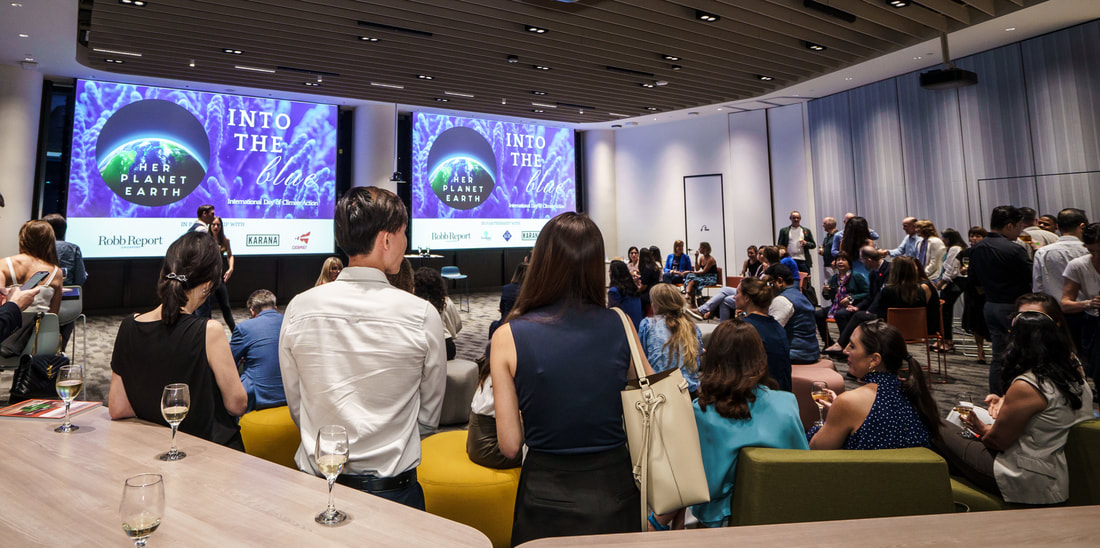
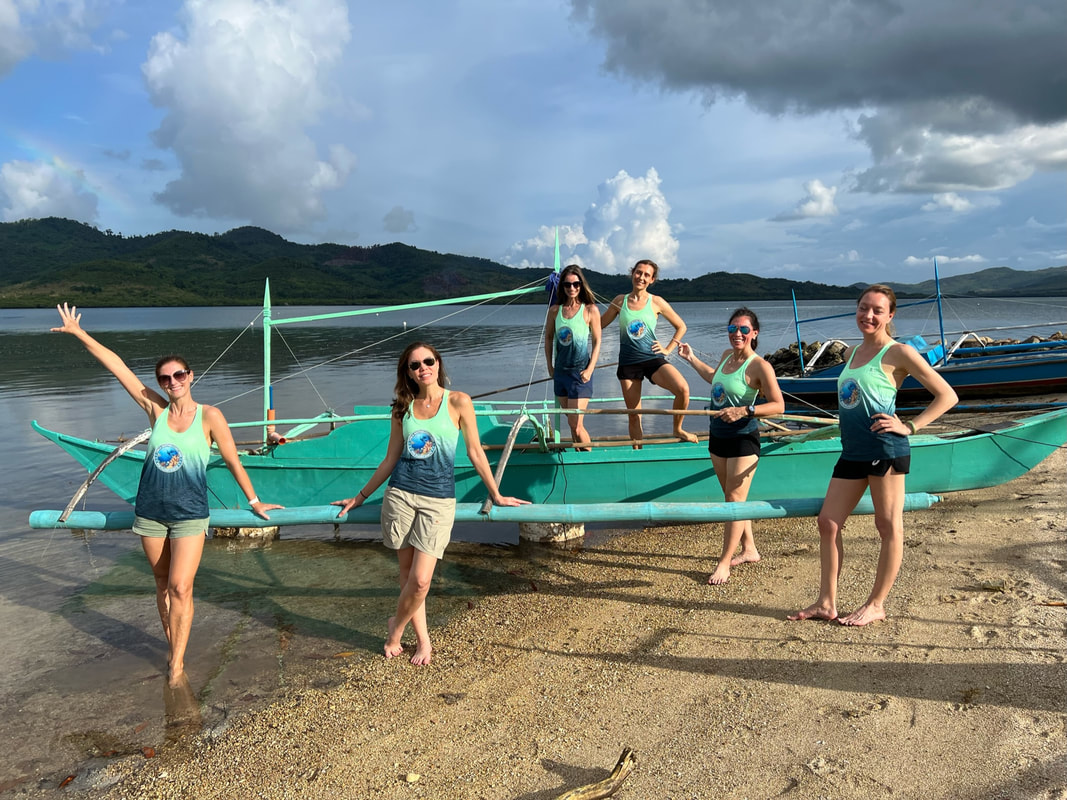
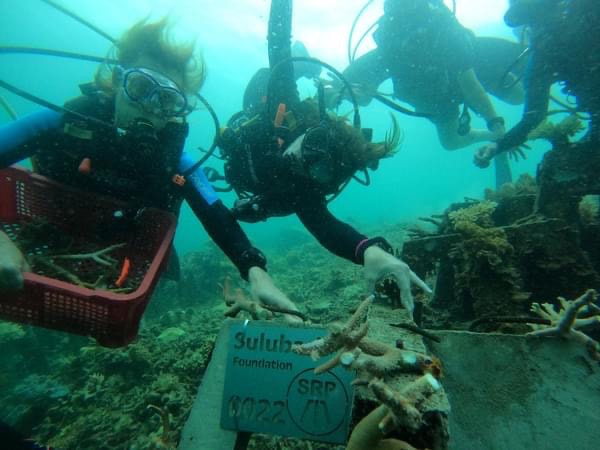
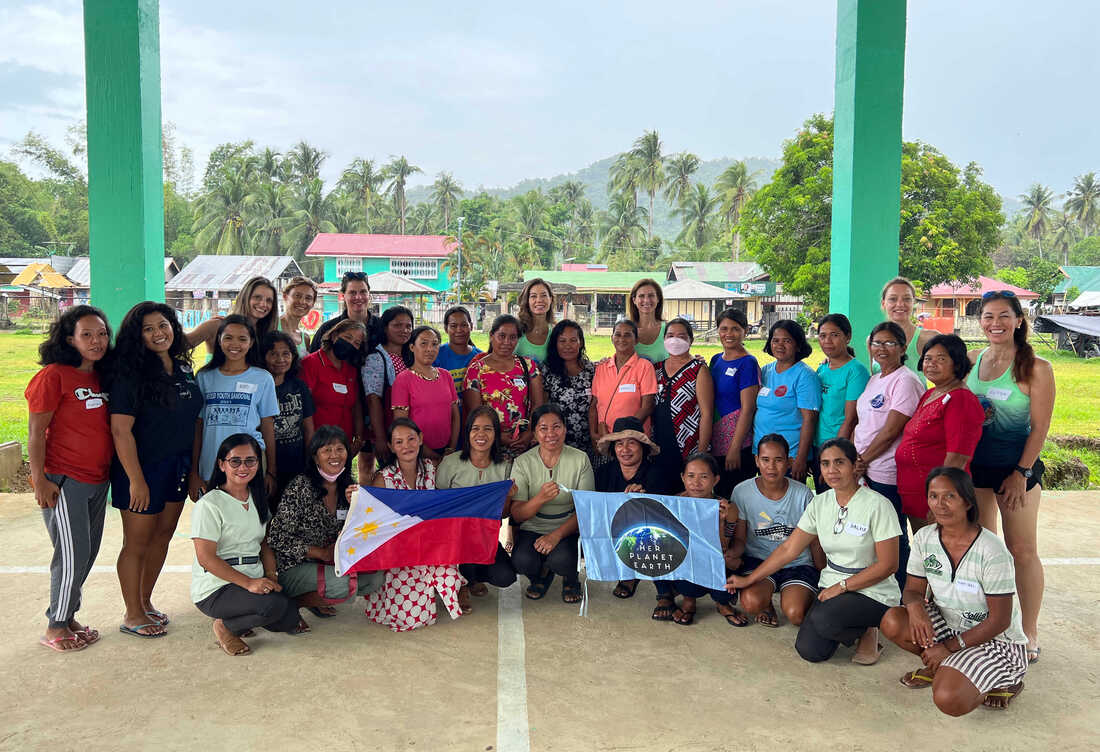


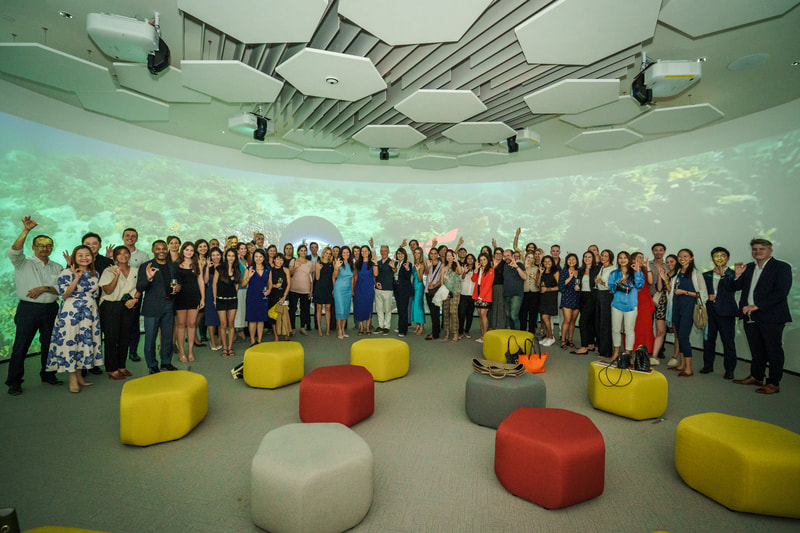
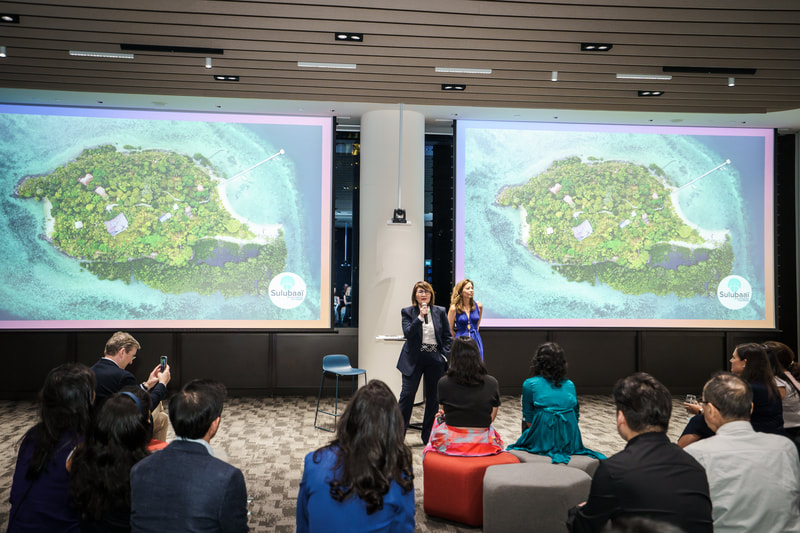
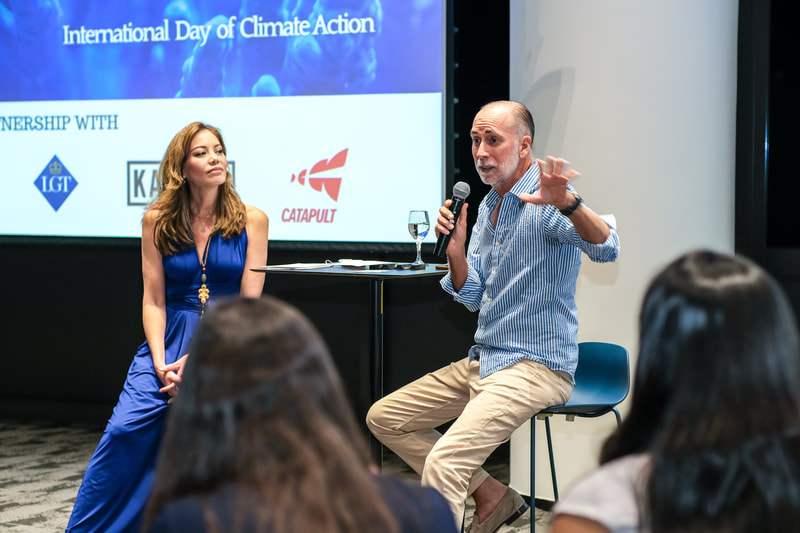

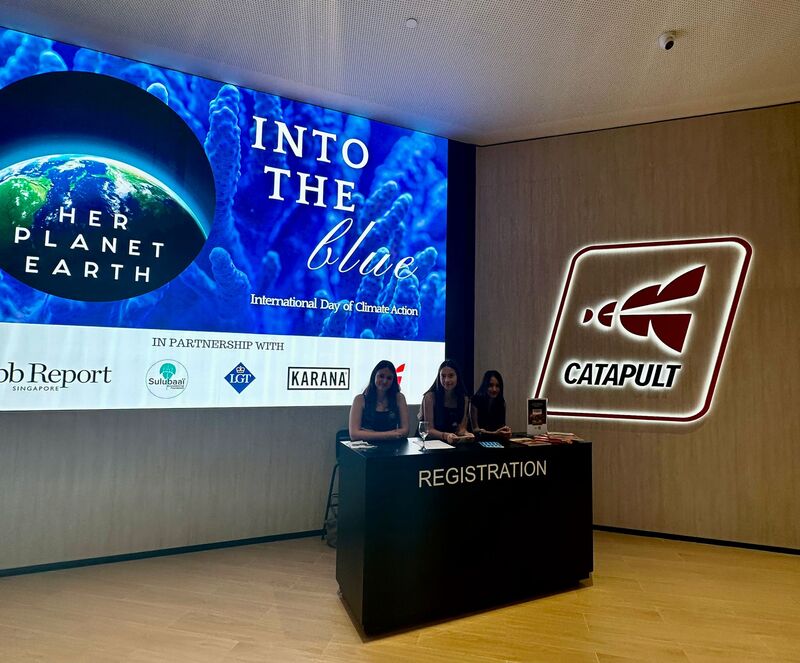
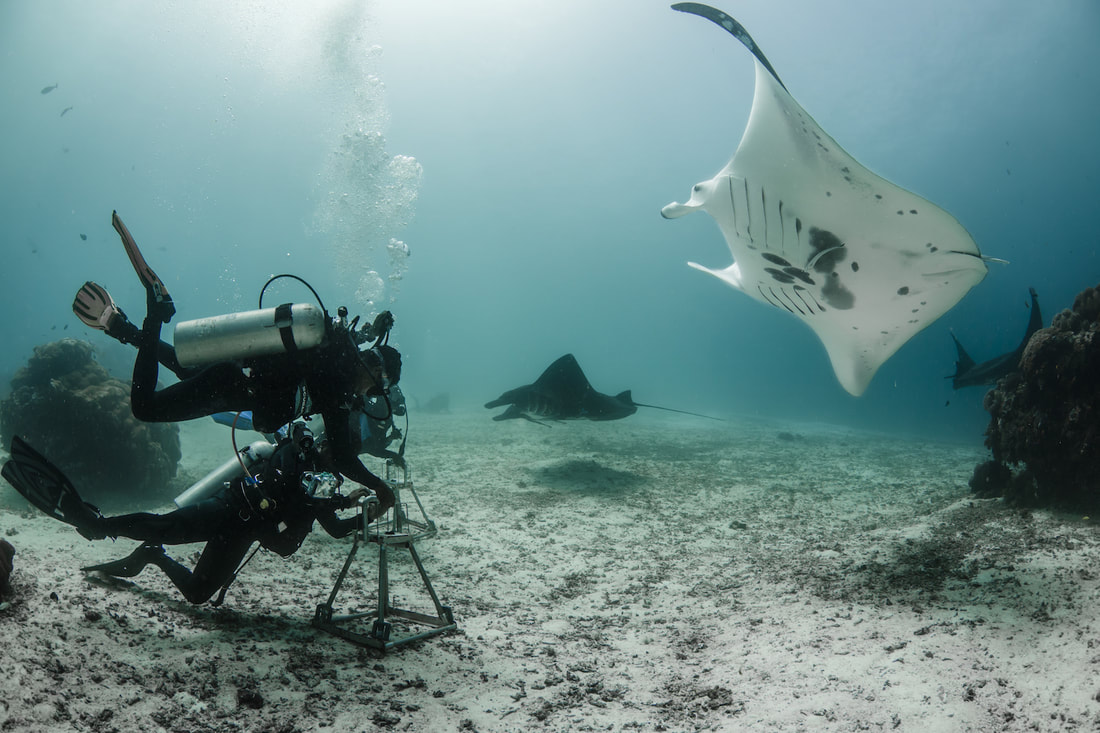
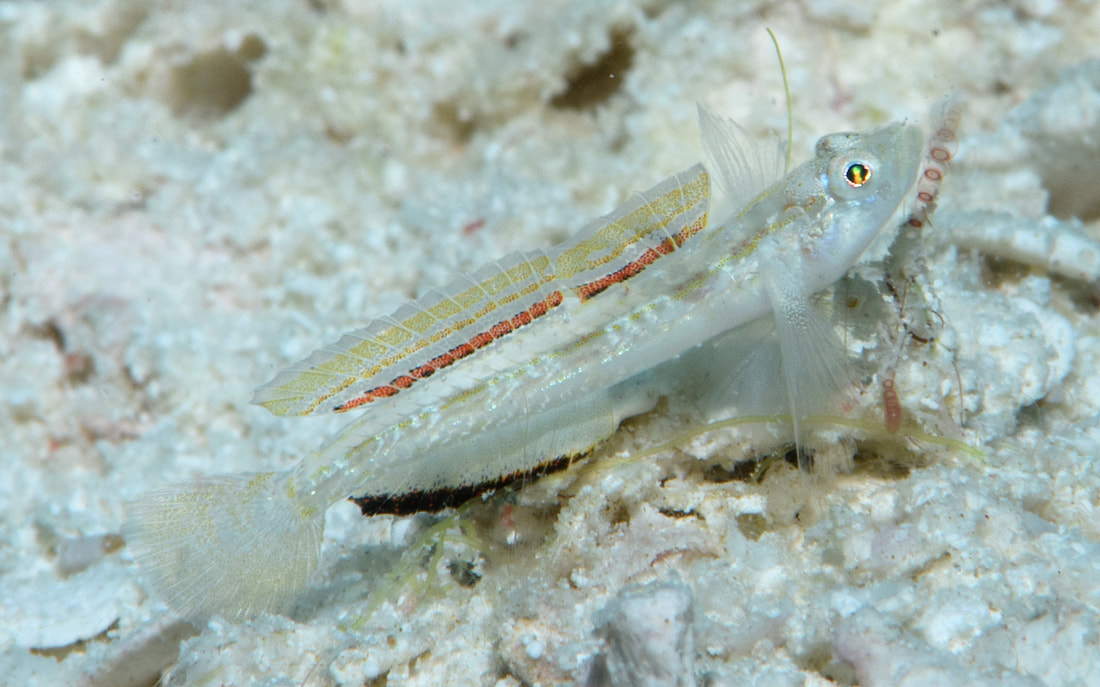
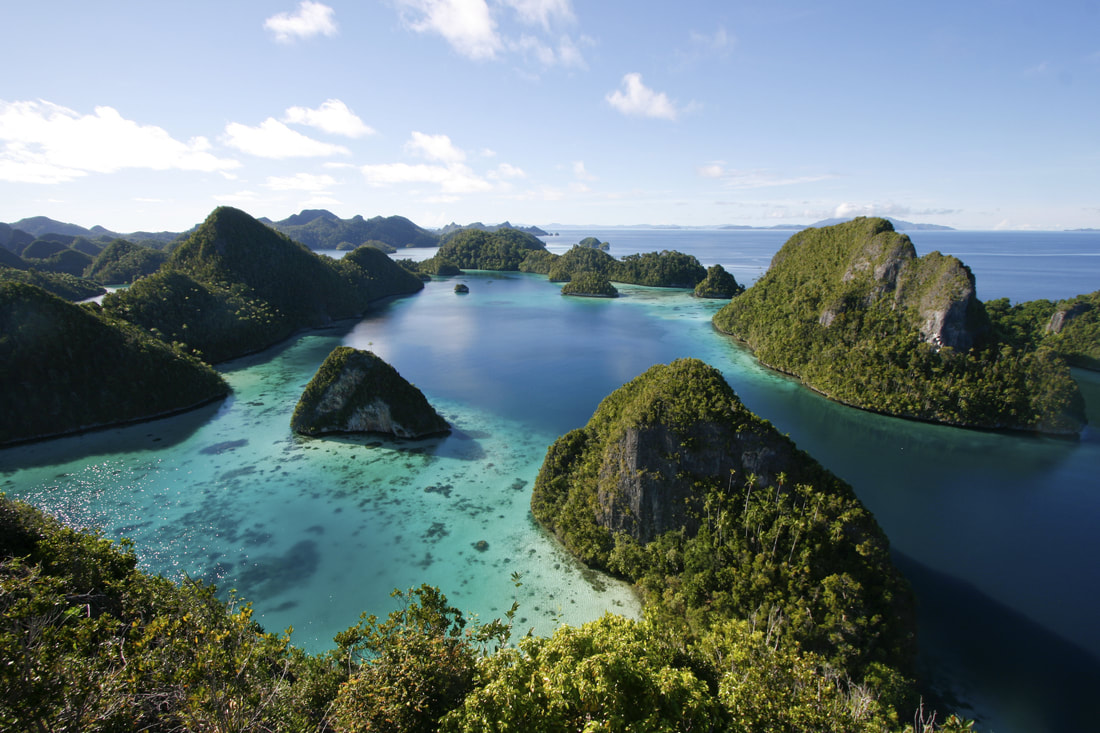
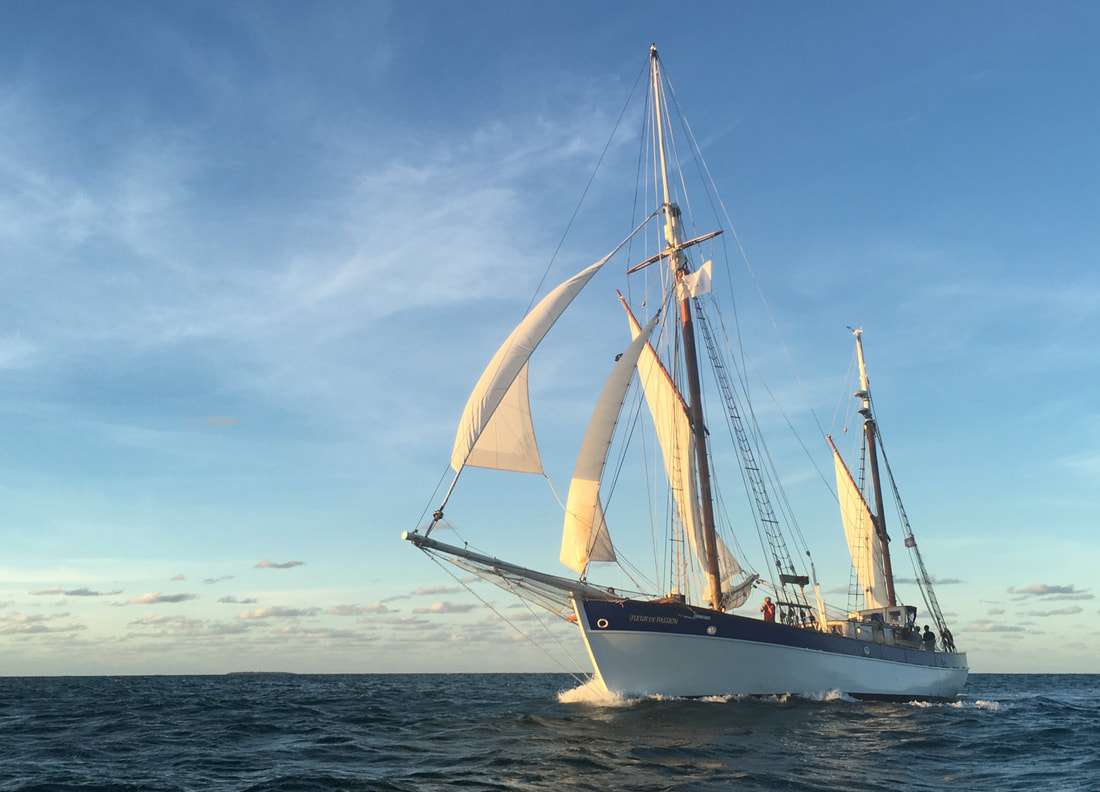
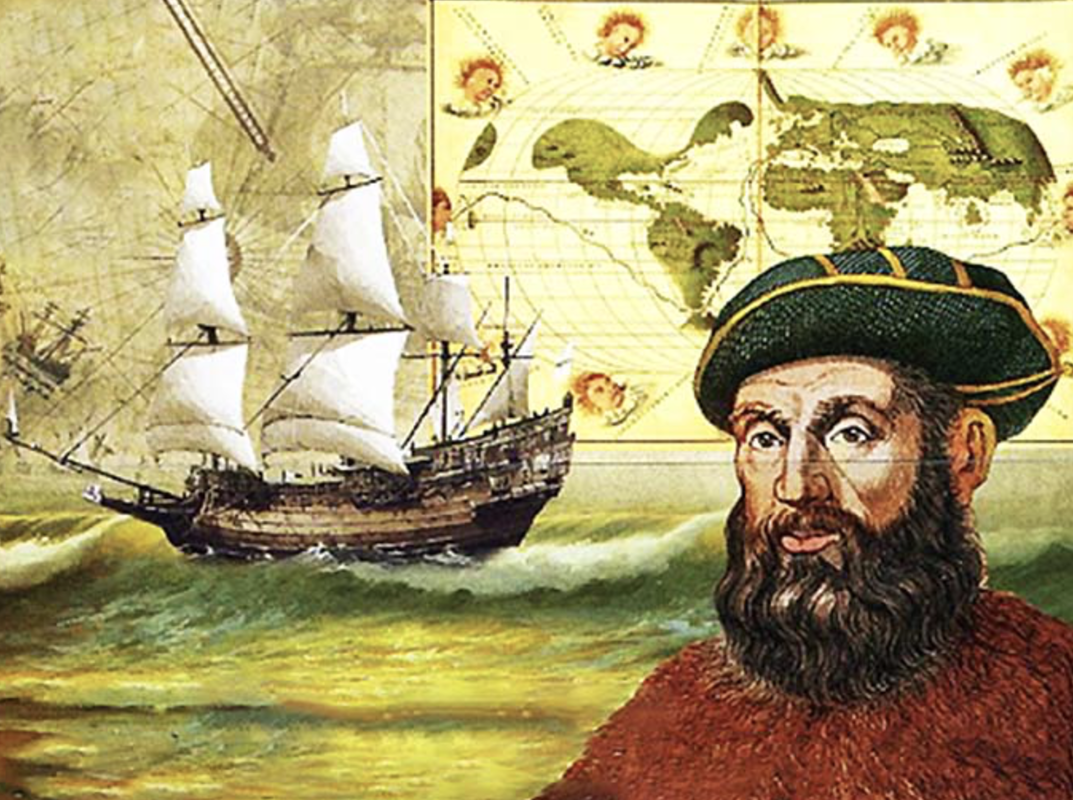
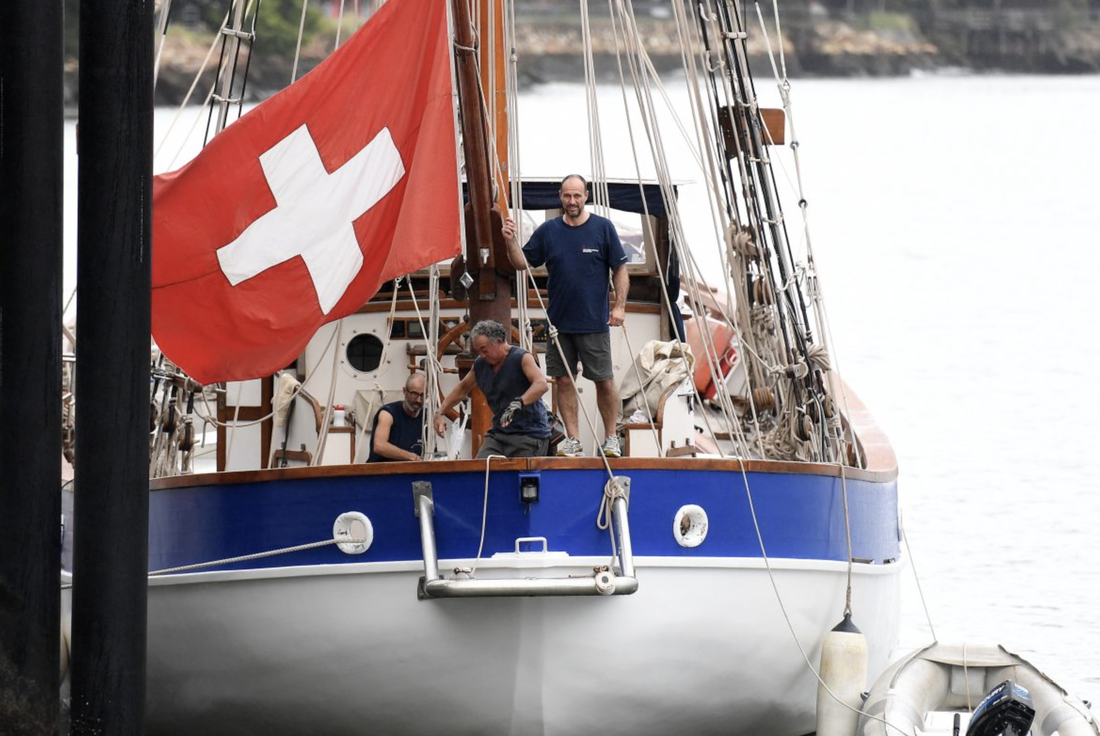
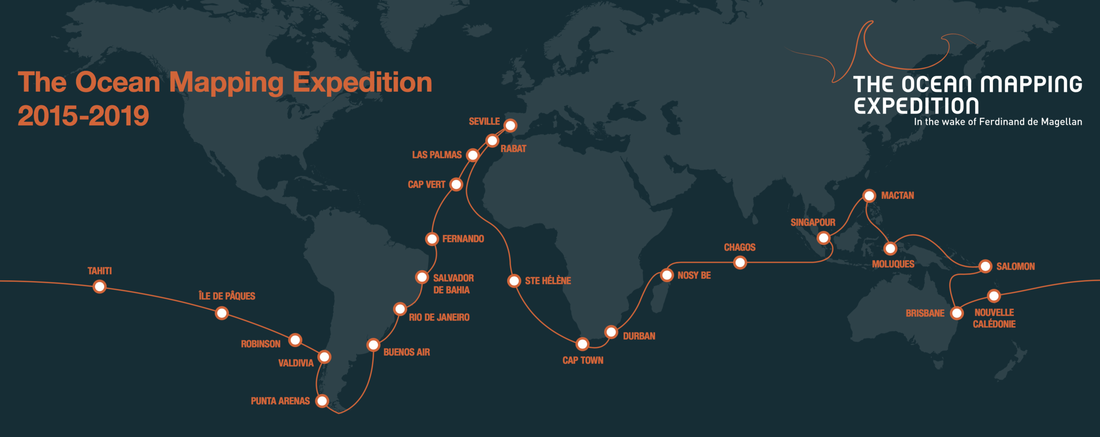
 RSS Feed
RSS Feed